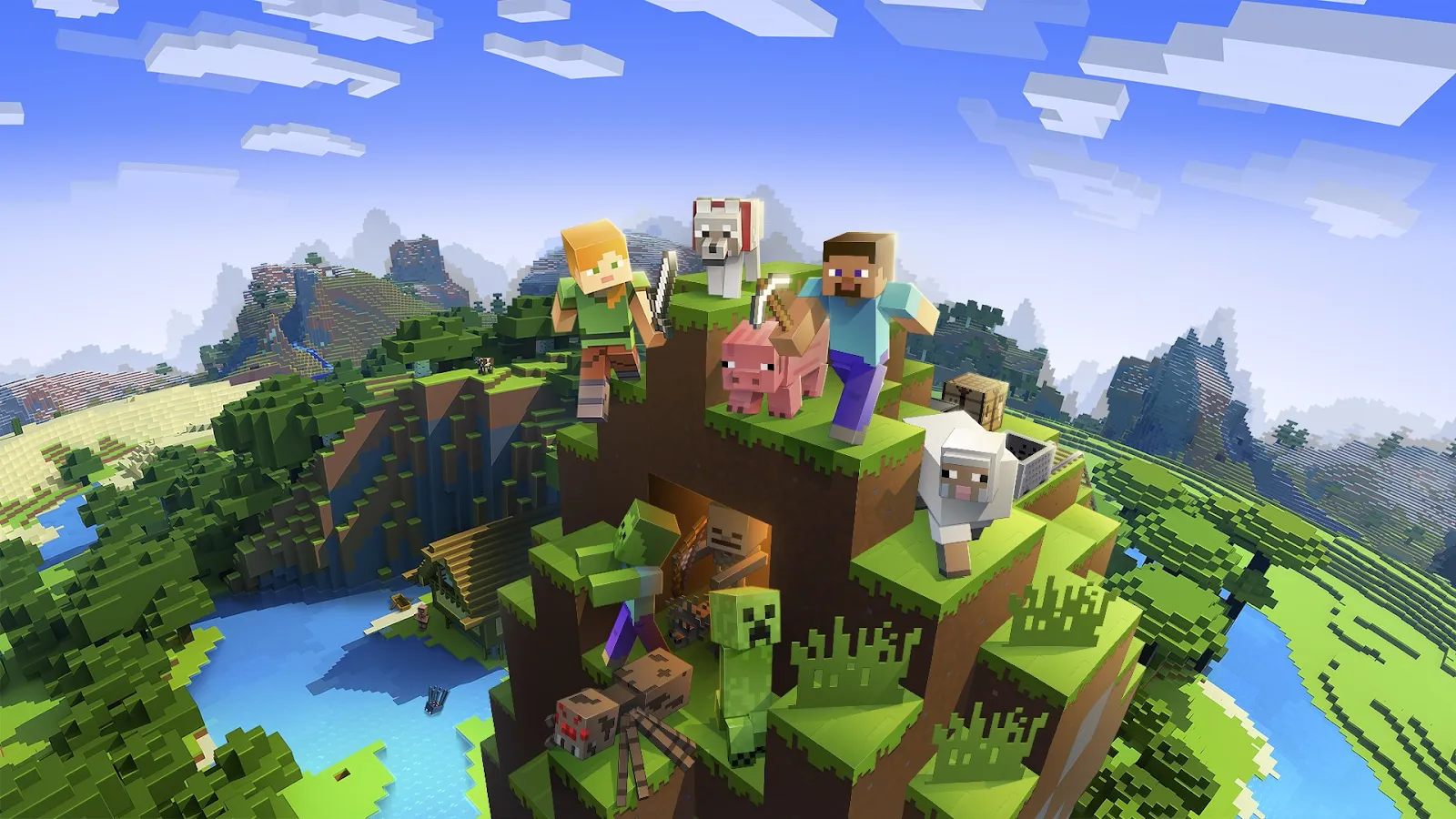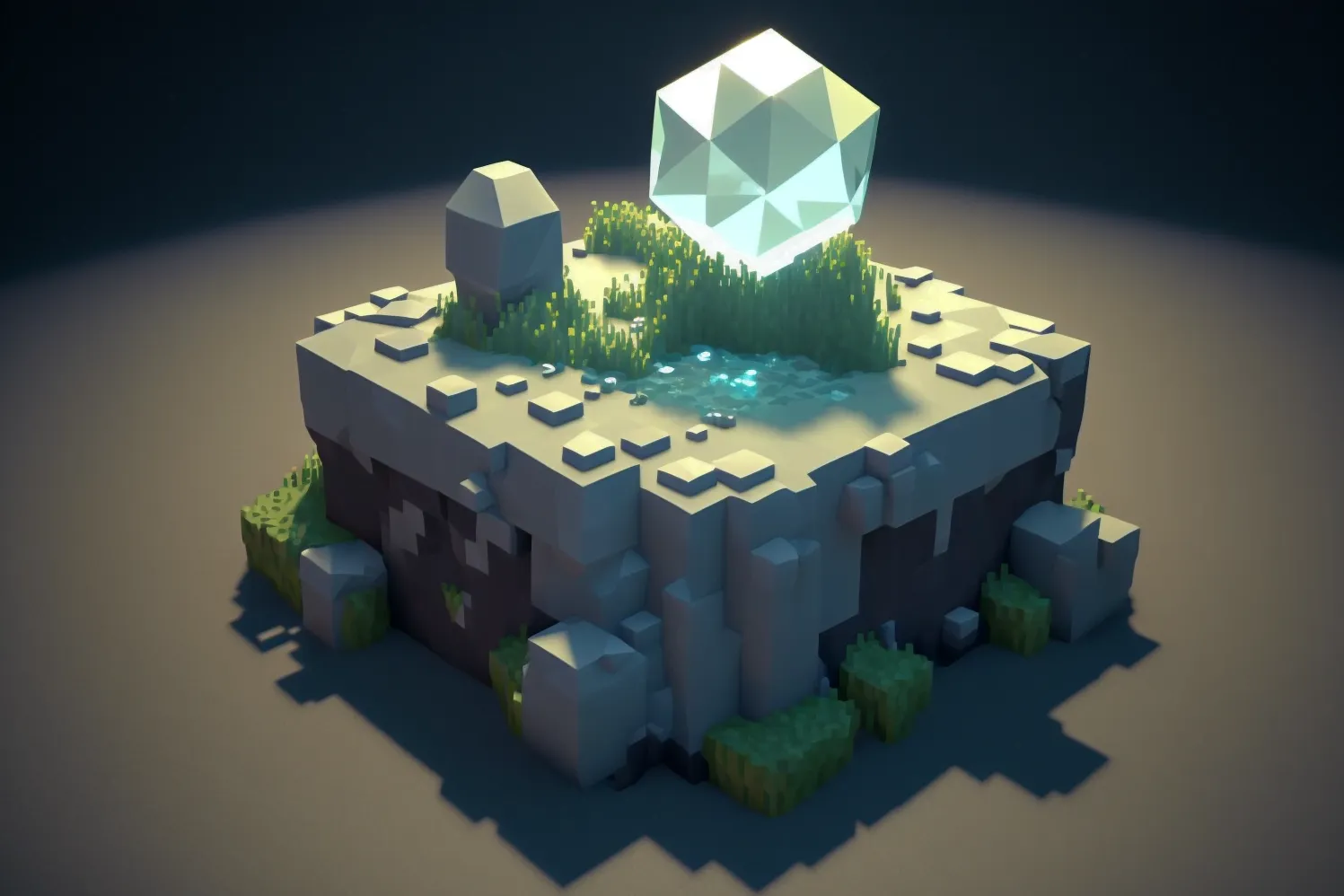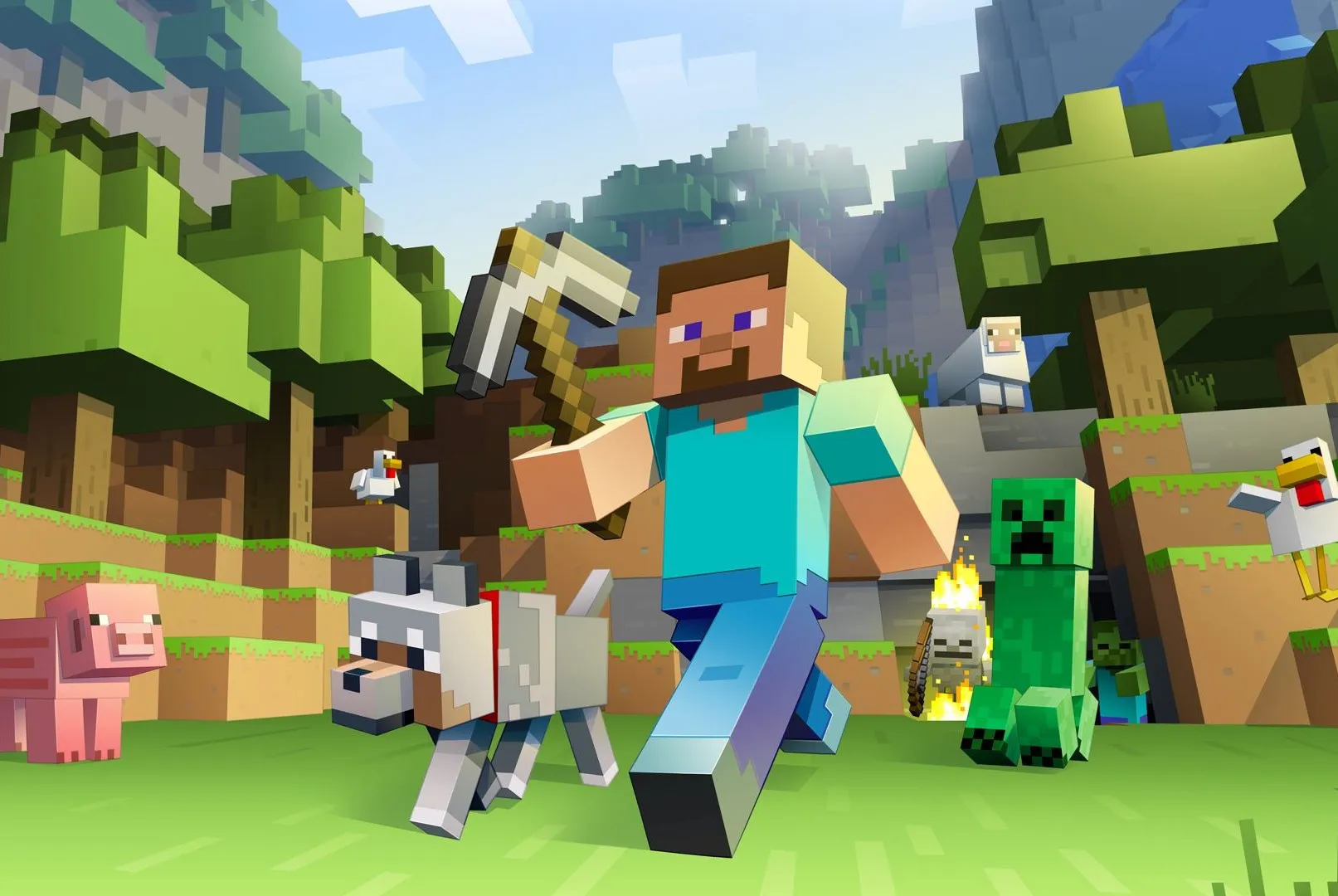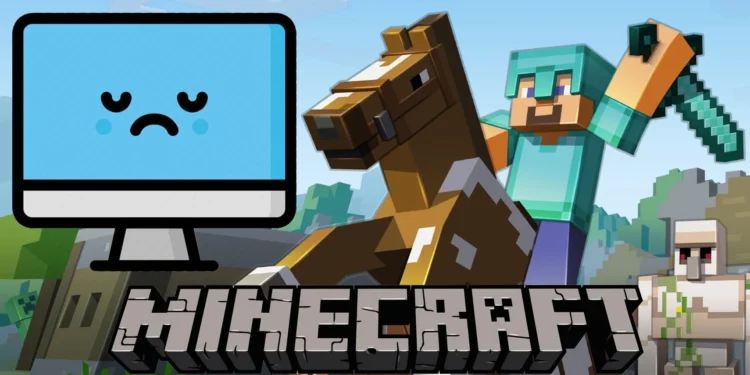Minecraft, the beloved sandbox game that boasts 100 million monthly active users, is no stranger to challenges. From building intricate structures to surviving its nightmarish mobs, players face endless opportunities for creativity and exploration. But now, thanks to an astonishing new advancement in AI, even Minecraft’s most elusive and prized treasure—diamonds—has been conquered. Enter Dreamer, an artificial intelligence program from Google DeepMind, which has figured out how to find diamonds in Minecraft without any human guidance.

The Challenge of Finding Diamonds in Minecraft
For those unfamiliar with Minecraft, collecting diamonds is no easy feat. The process requires players to embark on a lengthy journey filled with challenges, starting from gathering wood and crafting tools to exploring deep underground caverns. It’s a sequence of complex steps, and the diamond—one of the game’s most valuable items—often feels just out of reach.
Dreamer, however, wasn’t taught how to play the game in any traditional sense. Unlike previous AI systems that were either shown human gameplay footage or guided step-by-step, Dreamer relied on reinforcement learning. This method allows the AI to learn by trial and error, rewarding successful actions and discarding those that don’t lead to success. The result? Dreamer learned to navigate the game world, make decisions, and ultimately find the elusive diamond.
A World Model Powers Dreamer’s Success
The secret behind Dreamer’s success lies in its innovative approach to understanding the world around it. Hafner explains that Dreamer doesn’t just memorize the game’s mechanics but builds an abstract “world model” of its environment. This model allows the AI to imagine future scenarios and plan its actions more efficiently, significantly reducing the need for exhaustive trial and error.
Hafner further clarifies the significance of this world model: “The world model really equips the AI system with the ability to imagine the future.” By envisioning potential outcomes, Dreamer can make informed decisions, predicting the rewards of different actions before actually executing them. This approach mirrors human abstract thinking and could be a game-changer for developing AI that interacts intelligently with the real world.

Reinforcement Learning: A Foundation for AI Growth
Reinforcement learning, the technique at the heart of Dreamer’s development, is a key contributor to the AI’s ability to self-improve. While previous AI systems could excel at specific tasks, they struggled to generalize that knowledge to new environments. Dreamer, however, was built to overcome this limitation.
Hafner’s team never intended for Dreamer to tackle Minecraft’s diamond challenge specifically. Yet, when the opportunity arose, they realized it was the perfect test for Dreamer’s versatility and ability to adapt. “We built this whole algorithm without that in mind,” Hafner admits. “But it occurred to the team that it was the ideal way to test whether its algorithm could work, out of the box, on an unfamiliar task.”

The Bigger Picture: Dreamer’s Potential in the Real World
While the diamond challenge was a key test for Dreamer, its potential applications extend far beyond the virtual world of Minecraft. Hafner believes that the AI’s ability to learn and plan within a game environment could pave the way for robots that learn to navigate the complexities of the real world.
“In the real world, the costs of trial and error are much higher than in a video game,” Hafner notes. The world model approach Dreamer employs could allow robots and other AI systems to learn more efficiently and safely, minimizing the risks associated with learning through trial and error in the physical world.

A Major Step for AI, But What’s Next?
The success of Dreamer represents a major leap forward for the field of AI. While much of the technology is still in its early stages, the implications are vast. From more intelligent robots to AI systems that can adapt to new environments with little to no human input, Dreamer is paving the way for a future where AI could be as versatile as the humans that create it.
As the world of artificial intelligence continues to evolve, we can expect more breakthroughs like Dreamer’s success in Minecraft. The journey of AI from narrowly focused systems to general intelligence could soon be within our reach, and Dreamer is a shining example of how far we’ve come. As Hafner concludes, “This is just the beginning.”
In this AI-powered era, it’s clear that the possibilities are endless. With each new achievement, AI continues to break barriers, proving that it can think, adapt, and evolve in ways we never imagined before.










